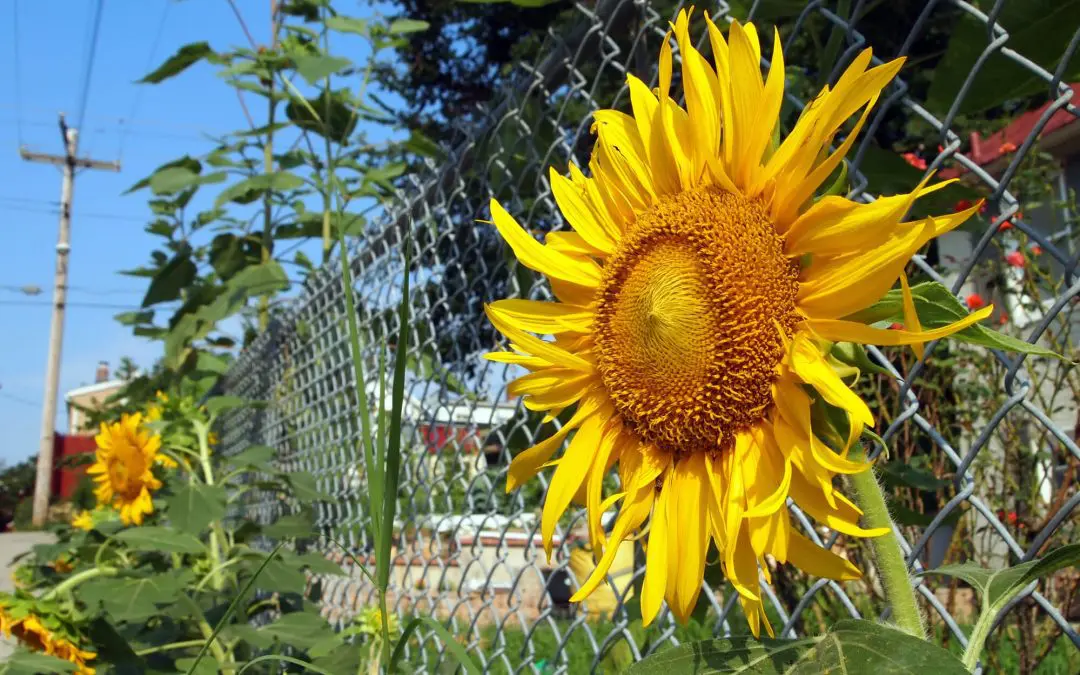Installing a new fence can significantly enhance your property’s privacy, security, and visual appeal, but proper planning is essential for a successful project. This guide covers everything you need to know, from understanding your requirements and local regulations to choosing the right materials and layout design. Here are some major considerations for any homeowner when planning for a new fence.
Understanding Your Needs
Before diving into the logistics of installing a new fence, it’s crucial to understand why you need one. Are you looking for privacy, security, aesthetic enhancement, or a combination of these factors? Determining your primary purpose will guide you in choosing the right materials, design, and placement for your fence.
Researching Local Regulations Before Planning for a New Fence
Every locality has specific regulations regarding fence construction. These can include height restrictions, approved materials, and required permits. Research your local building codes and neighborhood association rules to ensure your new fence complies with all regulations. Failing to do so can result in fines or having to remove the fence.
Setting a Budget
Establishing a budget is a key step in planning for a new fence. Costs can vary widely depending on the materials you choose and the size of the area you need to enclose. Consider the upfront costs of materials and labor and any long-term maintenance expenses. A detailed budget will help you avoid unexpected costs and ensure you can complete your project without financial strain.
Choosing the Right Materials When Planning for a New Fence
The material you select for your fence will significantly impact its appearance, durability, and maintenance requirements. Common options include wood, vinyl, aluminum, and chain-link. Each material has its pros and cons. Wood offers a natural look but requires regular maintenance. Vinyl is low-maintenance but can be more expensive. Aluminum is durable and rust-resistant but may lack the aesthetic appeal of other materials. Chain-link is cost-effective and secure but not very private.
Designing Your Fence
Designing your fence involves more than just choosing a material. You’ll need to consider the fence’s height, style, and color. Think about how the fence will complement your home and landscape. Privacy fences are typically taller and more solid, while picket fences offer a more open and decorative look. Color choice can also impact the overall aesthetic, with options ranging from natural wood tones to painted finishes.
Measuring and Planning Layout
Accurate measurements are essential for a successful fence installation. Start by measuring the perimeter of the area you plan to enclose. Mark the boundaries clearly and account for any slopes or obstacles in your yard. Planning the layout includes deciding where to place gates and ensuring they are wide enough for any equipment you need to move through them. This step helps prevent issues during installation.
Hiring a Professional vs. DIY
Deciding whether to hire a professional or tackle the project yourself depends on your skills, time, and budget. Hiring a professional can save time and ensure the fence is installed correctly, but it comes with a higher cost. If you opt for a DIY approach, make sure you have the necessary tools and knowledge. Numerous online resources and tutorials can guide you through the process, but be prepared for a potentially labor-intensive project.
Preparing the Site
Proper site preparation is crucial for a sturdy and long-lasting fence. Clear the area of any debris, rocks, or plants that might obstruct installation. You may also need to level the ground, especially if your yard has significant slopes. Ensure underground utilities are marked to avoid damaging them while digging post holes.
Installing the Fence
Installation involves setting the posts, attaching the fence panels, and adding finishing touches. Begin with the corner posts, ensuring they are upright and securely set in concrete. Next, install the remaining posts and attach the panels or rails. Install gates last, ensuring they open and close smoothly. Take your time with each step to ensure the fence is sturdy and level.
Think About Maintenance When Planning for a New Fence
Once your fence is installed, ongoing maintenance will help keep it looking good and functioning well. Different materials require different levels of care. Wooden fences may need to be stained or sealed regularly to protect against weather damage, while vinyl and aluminum fences typically require only occasional cleaning. Regular inspections can catch any issues early, preventing costly repairs later.
With proper planning and execution, your new fence will be a valuable addition to your property, providing privacy, security, and aesthetic appeal. Enjoy its benefits, from a more secure yard to a beautiful new landscape feature. Whether you relax in your newly private garden or appreciate the added curb appeal, a well-planned fence is an investment that pays off in many ways.
FAQs When Planning for a New Fence
How do I determine the best height for my fence?
The best height for your fence depends on its purpose. For privacy, a height of 6-8 feet is standard. For decorative or boundary purposes, 3-4 feet may be sufficient. Always check local regulations, as some areas have height restrictions.
What are some common fencing mistakes to avoid?
Common mistakes include not checking property lines, ignoring local regulations, using low-quality materials, inadequate post depth, and neglecting maintenance. Proper planning and research can help avoid these pitfalls.
What are the signs that my fence needs repairs or replacement?
Signs your fence needs attention include leaning or sagging sections, rotting or splintering wood, rust on metal components, and loose or missing panels. Regular inspections can help you identify and address these issues early, prolonging the fence’s lifespan.
How can I ensure my fence is pet-friendly?
For a pet-friendly fence, ensure no gaps are large enough for your pet to squeeze through. Consider adding an underground barrier to prevent digging. The fence should also be tall enough to prevent pets from jumping over.
Legacy Property Inspections provides home inspections to customers in Southeast Georgia. If you’re buying or selling a home, contact us to schedule our services.

